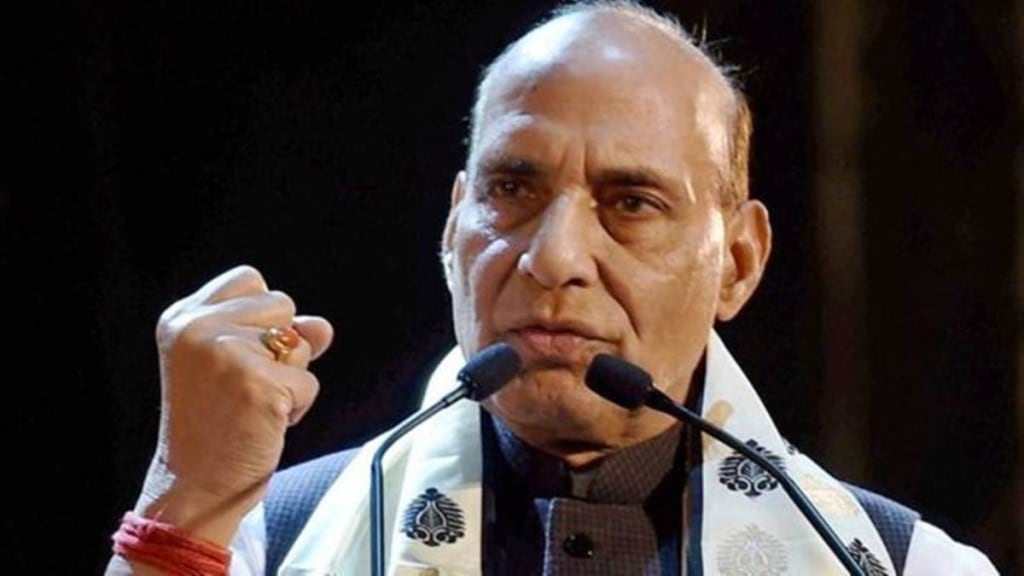After leading the Ministry of Defence for five years, Rajnath Singh has been reappointed in Modi’s third cabinet. As the second most senior member after Prime Minister Narendra Modi, Singh will continue to protect India’s borders. He stressed that the security of the country’s borders and maintaining its sovereignty and integrity would remain his top priorities.
Strong National Security Stance
During his previous term, Singh adopted a strong stance on national security, especially during the clashes with China at the Line of Actual Control (LAC) in eastern Ladakh. He empowered the army to respond decisively and presented a robust image of India both domestically and internationally. Amid opposition criticism, Singh firmly defended the government’s position, asserting that China had not seized even an inch of Indian Territory.
Promoting Self-Reliance in Defence
Singh has significantly advanced self-reliance in the defence sector. Under the Make in India initiative, he championed the manufacturing of indigenous weapons. Prime Minister Modi has frequently praised Singh’s efforts, highlighting his effective yet understated approach. On this note, Singh reaffirmed his commitment to boosting defence manufacturing and exports, aiming to elevate India’s position in the global defence market.
Firm Stance on Pakistan-Occupied Kashmir
Singh has been vocal about Pakistan-occupied Kashmir (PoK), declaring that the people of PoK would eventually join India. His statements resonated strongly, leading to significant protests in PoK against the Pakistani government. This scenario demonstrated Singh’s influence and the impact of his bold proclamations on international issues.
Key Roles and Responsibilities
In 2014, as BJP President, Singh played a pivotal role in presenting Narendra Modi as the Prime Ministerial candidate. During Modi’s first term, Singh served as Home Minister, and in the second term, he took charge of the Defence Ministry. Notably, he was instrumental in revitalizing the Rafale fighter aircraft deal with France, showcasing his ability to navigate complex international agreements.
Upcoming Challenges
One of the significant challenges Singh faces in his current term is the Agneepath scheme. This scheme, aimed at recruiting young soldiers, has faced criticism and is believed to have contributed to the BJP’s reduced majority in recent elections. Singh will need to address the concerns raised by the BJP’s alliance partners who are demanding changes to the scheme. Additionally, managing the ongoing tensions with China at the Line of Actual Control (LAC) remains a critical task.
Defence Reforms and Priorities
Increasing coordination among the three defence services and establishing theatre commands are key reforms on Singh’s agenda. Although the process began three years ago, it remains a priority, as promised in the BJP’s poll manifesto. Enhancing self-reliance in defence manufacturing and bolstering border infrastructure along the Line of Control (LoC) and the LAC are also crucial objectives. These efforts aim to reduce dependence on defence imports and improve military readiness along the borders.
Revamping DRDO
An overhaul of the Defence Research Development Organisation (DRDO) is another priority. A high-powered committee, led by former principal scientific advisor Prof. K VijayRaghavan, has recommended several reforms to modernize the organization. Implementing these suggestions will be an essential task for Singh and his team.
With a focus on national security, self-reliance in defence, and significant reforms, Singh faces a challenging yet promising term ahead.

